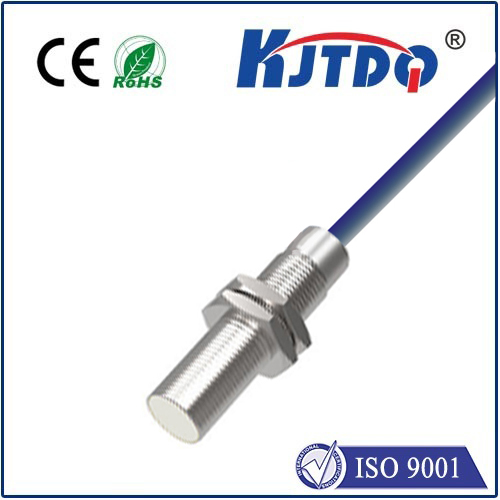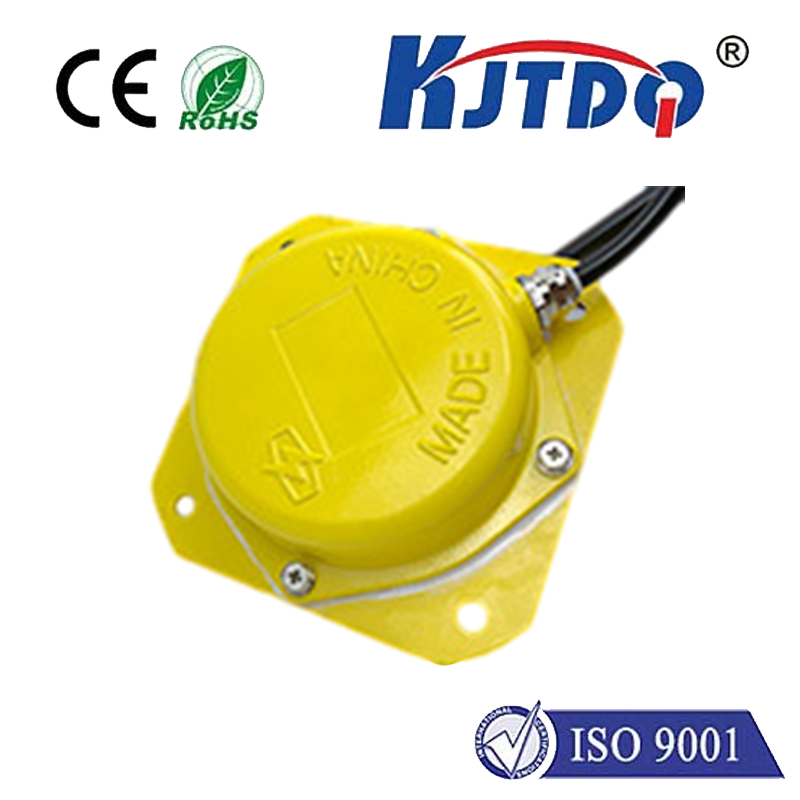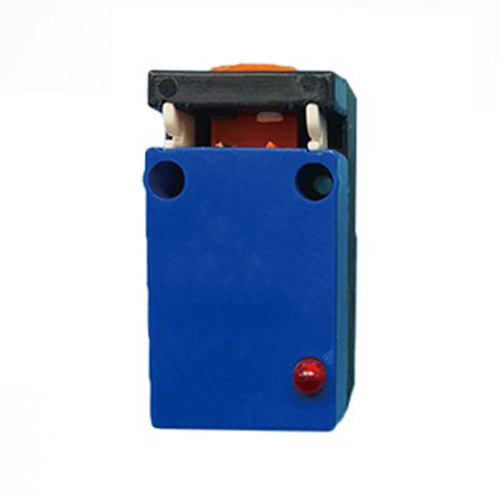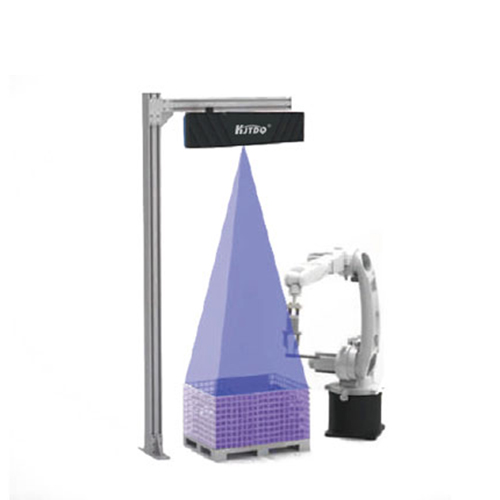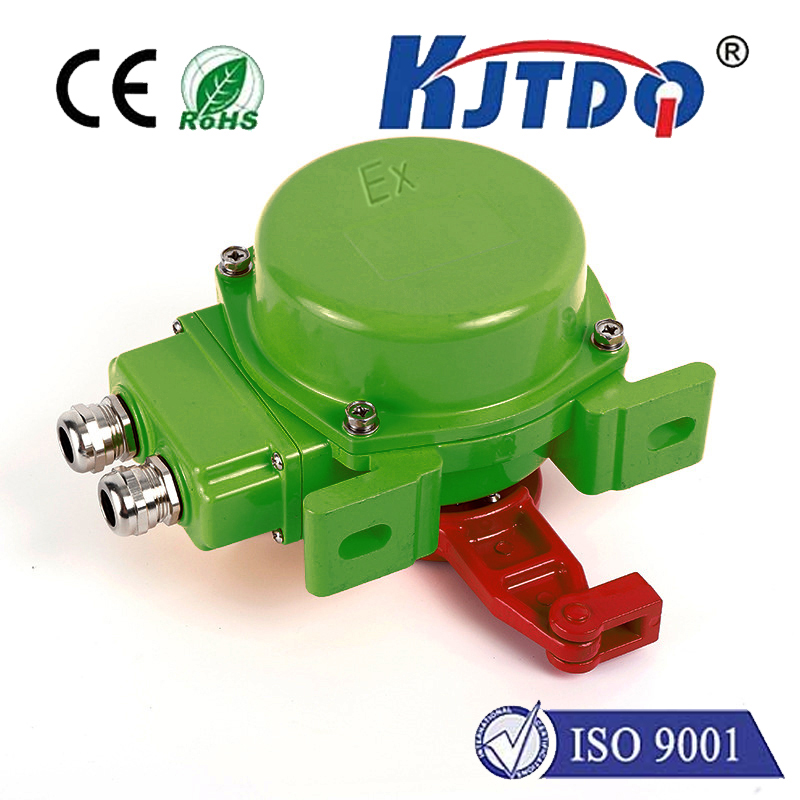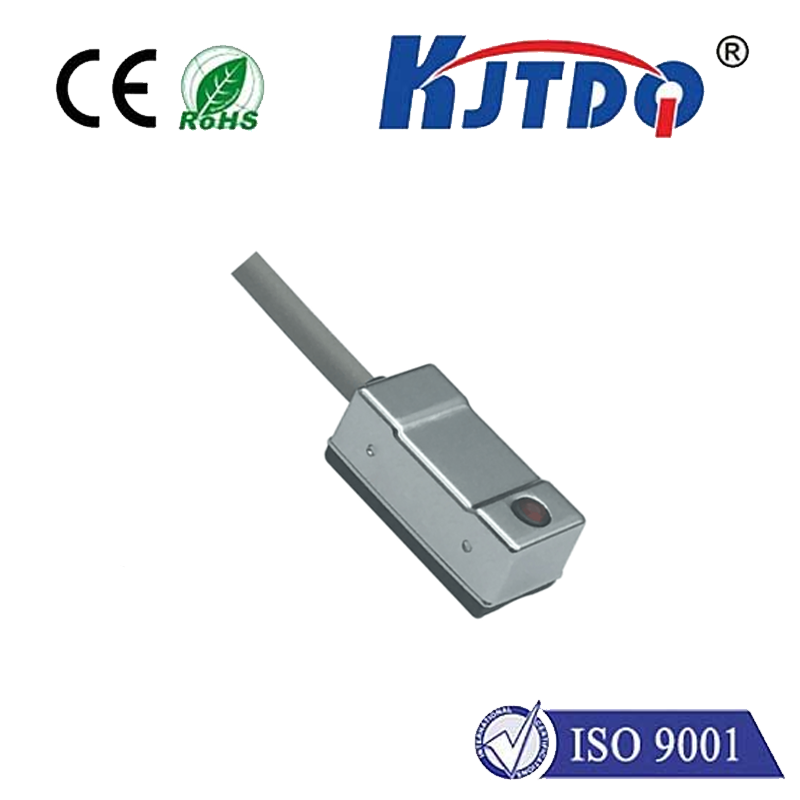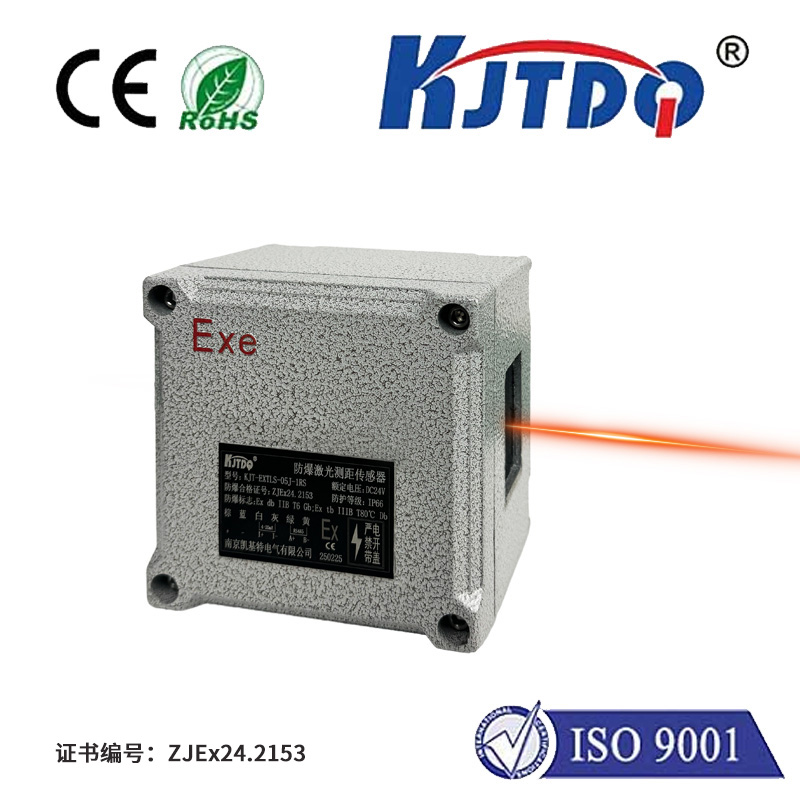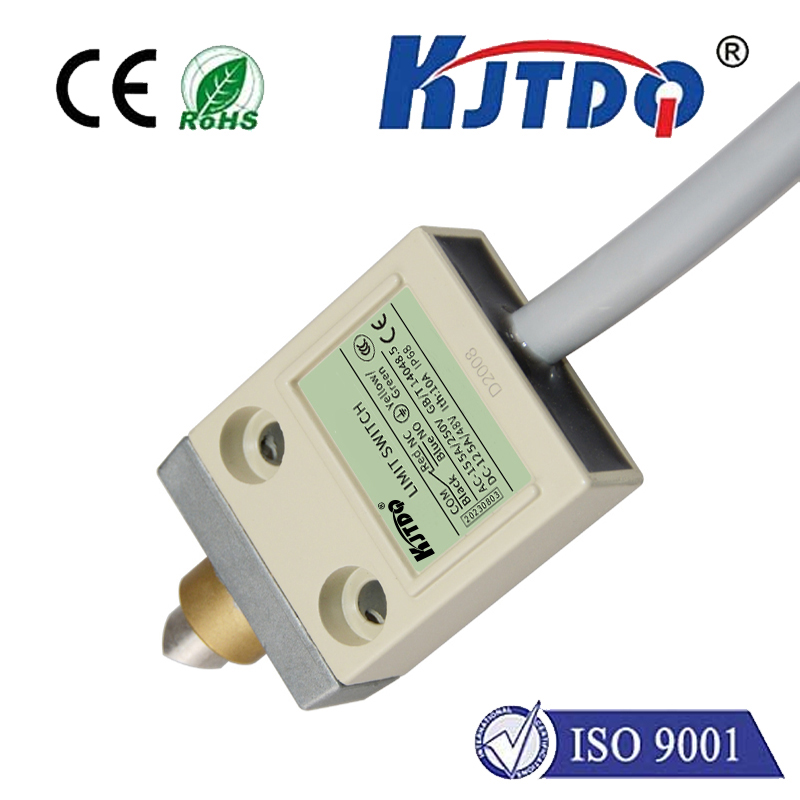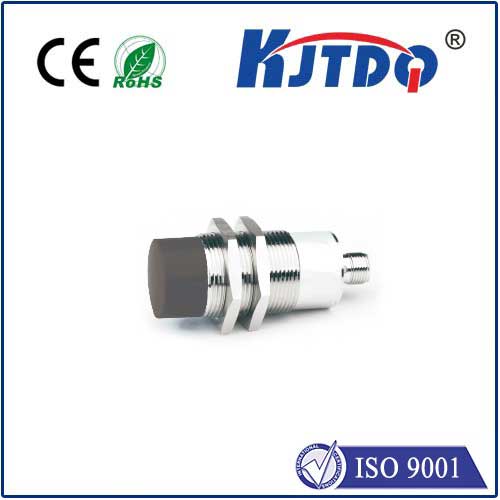

check

check

check

check

check

check

check

check

check

check
Exploring the Features and Applications of E2E-X2D1-M1G-Z Inductive Proximity Sensor"
The E2E-X2D1-M1G-Z inductive proximity sensor is a versatile and highly reliable sensing device that has been designed to offer high performance and efficiency. This sensor operates on an inductive principle, which allows it to detect the presence of metal objects without any physical contact. This makes it an ideal solution for various industrial applications where reliability and precision are paramount.

One of the key features of the E2E-X2D1-M1G-Z inductive proximity sensor is its ability to perform self-diagnostics. This feature ensures that the sensor maintains optimal performance by automatically detecting any potential issues or malfunctions. The sensor also comes with a wide range of sensitivity settings, allowing it to be fine-tuned to suit different application requirements.
Another notable advantage of the E2E-X2D1-M1G-Z inductive proximity sensor is its robust construction. The sensor is manufactured using high-quality materials that ensure durability and longevity, even in harsh industrial environments. Additionally, the sensor features a compact design that makes it easy to install and integrate into existing systems.
In terms of functionality, the E2E-X2D1-M1G-Z inductive proximity sensor offers multiple output options, including NPN and PNP. This allows users to select the most appropriate output type based on their specific application needs. The sensor also features a digital display, providing real-time feedback on its operating status and any detected faults.
The E2E-X2D1-M1G-Z inductive proximity sensor is widely used in various industries, including automotive, food processing, packaging, and pharmaceutical production. Its ability to perform accurate and reliable detection of metal objects makes it an essential component in these industries. For example, in the automotive industry, the sensor can be used to monitor the position of moving parts during the manufacturing process, ensuring that components are assembled correctly and efficiently.
In conclusion, the E2E-X2D1-M1G-Z inductive proximity sensor is a powerful and versatile tool that offers numerous benefits for industrial applications. Its self-diagnostic capabilities, wide range of sensitivity settings, robust construction, and flexible output options make it a popular choice among engineers and technicians. As technology continues to advance, it is likely that the use of inductive proximity sensors like the E2E-X2D1-M1G-Z will become increasingly prevalent, driving greater efficiency and productivity across various industries.
